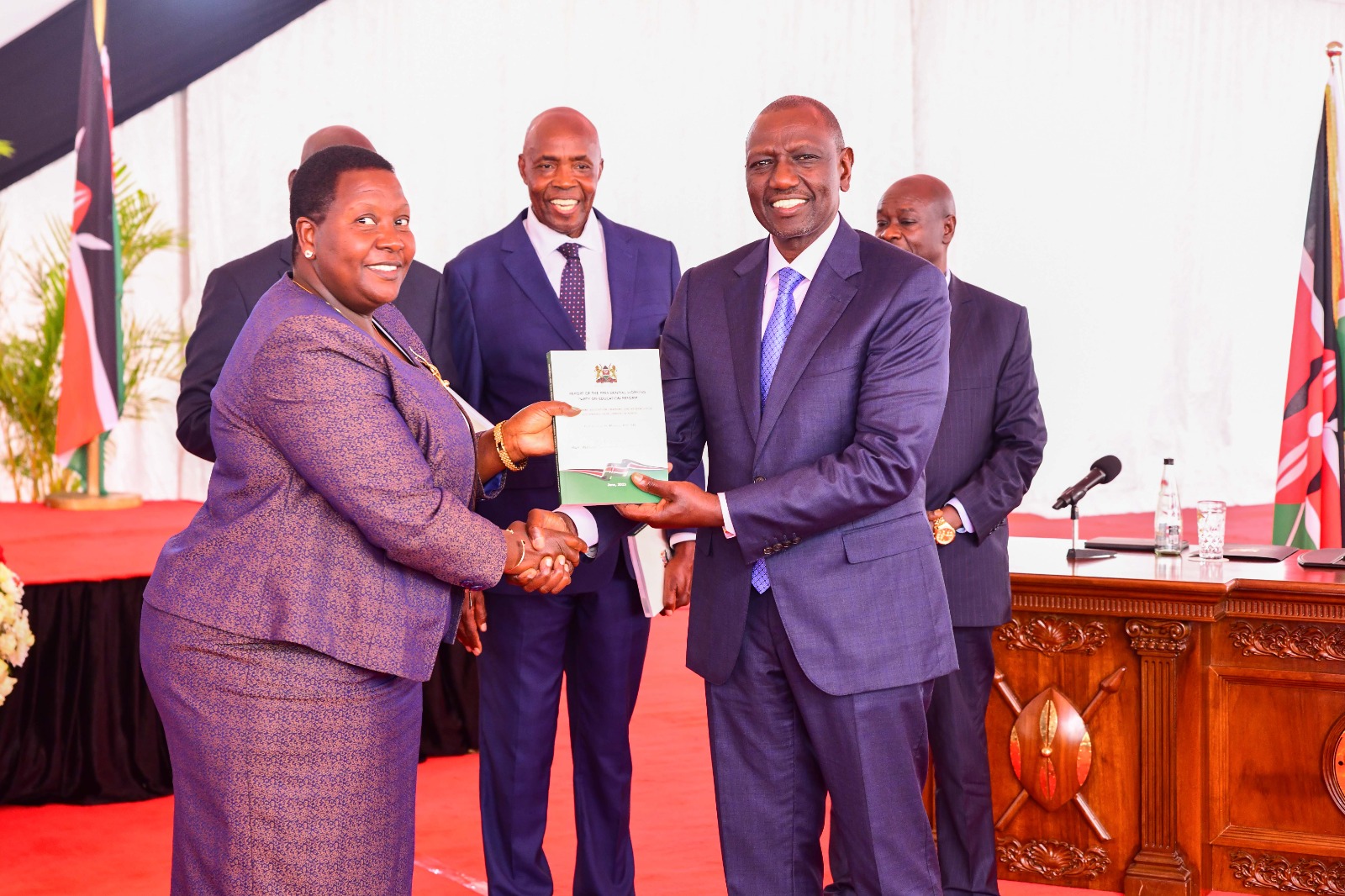- Streamlined Curriculum
The Kenya Institute of Curriculum Development (KICD) is set to embark on a transformative journey, reducing the number of subjects across various educational levels. Lower primary from 9 to 7, upper primary from 12 to 8, junior school from 14 to 9, pre-primary to have 5, and senior school to have 7. This move seeks to enhance comprehension, depth of learning, and relevance. to reduce learning subjects:
- Enhanced Funding
School capitation to be increased as follows: Introduce Capitation of Sh 1,170 for pre-primary; double capitation to Sh 2,238 for primary level; Sh 15,043 for junior school; Sh 22,527 for senior school (day); Sh 19,800 for special needs institutions (SNE) (day) and Sh 38,280 for SNE (boarding). The capitation and grants to be reviewed every three years. A pivotal step towards ensuring quality education for all, the proposed increase in school capitation signals a commitment to nurturing the nation’s future leaders. With adjustments in capitation and grants every three years, schools are poised to thrive.
- Safety Net for Smaller Schools
Implement a minimum essential package to cushion schools with enrolment below the optimum level. The recommended amounts are Sh 70,200 for pre- primary; Sh 537,120 for primary level; Sh 2,030,805 for junior school; Sh 3,041,145 for senior school; and Sh 1,890,000 for special needs education. Acknowledging the unique challenges faced by smaller institutions, the minimum essential package will provide a cushion for schools with enrollment below the optimal level, fostering a nurturing learning environment.
- Holistic School System:
Ministry of Education to adopt a Comprehensive School System (PP1 — Grade 9) comprising pre-primary, primary school, and junior school managed as one institution. Drop the term “secondary” from junior secondary and senior secondary school. The comprehensive school system envisions a seamless educational journey from pre-primary to junior school, eliminating the “secondary” distinction. This integration ensures a continuum of learning, bridging gaps and enhancing coordination.
- Equitable Scholarships
Coordinated bursaries and scholarships under the Kenya Basic Education Bursaries and Scholarship Council are set to empower students from all backgrounds, paving the way for a brighter future.
- Community Service
Instilling a sense of responsibility and community engagement, a mandatory three-month community service program for senior school graduates before joining tertiary institutions is on the horizon.
- Post-Tertiary Service
Graduates of tertiary institutions will undertake nine months of mandatory community service, receiving a certificate of compliance as a testament to their commitment to the nation.
- Reimagined School Categorization
Discontinuing the current categorization of public secondary schools (National, Extra-county, County, Sub-county), and adopt a categorization based on career pathways for senior schools. The reclassification of public secondary schools based on career pathways promises a more nuanced approach to education, catering to diverse talents and aspirations.
- Teacher Development
The introduction of a one-year mandatory retooling program for pre-service training graduates, coupled with a year-long internship before teacher registration, ensures educators are well-prepared to impart knowledge effectively.
- Equitable University Financing
The adoption of a sustainable financing model for university education, encompassing grants, scholarships, loans, and household contributions, promises equitable access to higher learning.
- Integrated Tertiary Education
Enact the proposed Tertiary Education Placement and Funding Bill to amalgamate HELB, UFB, and TVET Fund for higher education funding efficiency. The proposed Tertiary Education Placement and Funding Bill sets the stage for a harmonized approach to funding, fostering greater efficiency and collaboration among key entities.
- TVET-Industry Integration
A symbiotic relationship between Technical and Vocational Education and Training (TVET) institutions and industries holds the potential to usher in a new era of skills development aligned with market demands.
- Accelerated Education
Guidelines for accelerated education programs will ensure marginalized groups, learners with special needs, and adult learners have access to quality education.
- Empowered Assessment
By enhancing the internal capacity of the Kenya National Examinations Council (KNEC) to print national assessments, the education sector gains greater control over the quality and administration of examinations.










